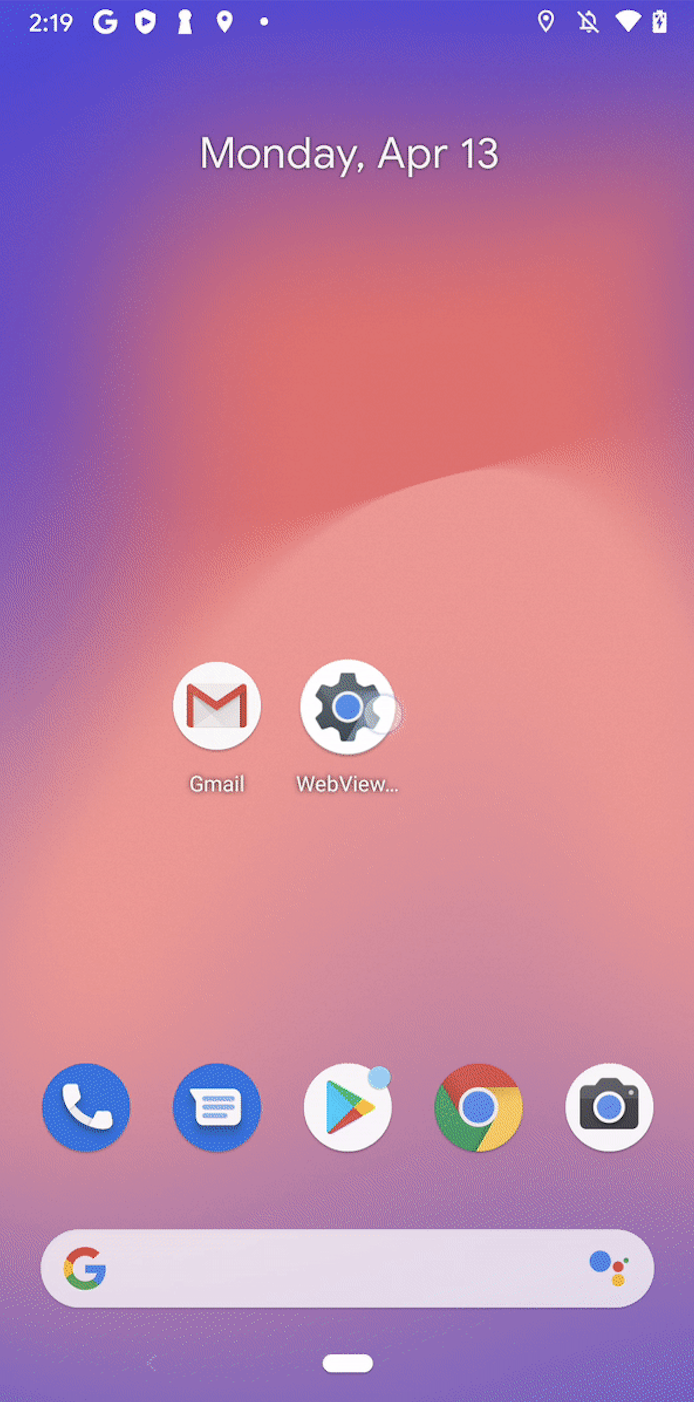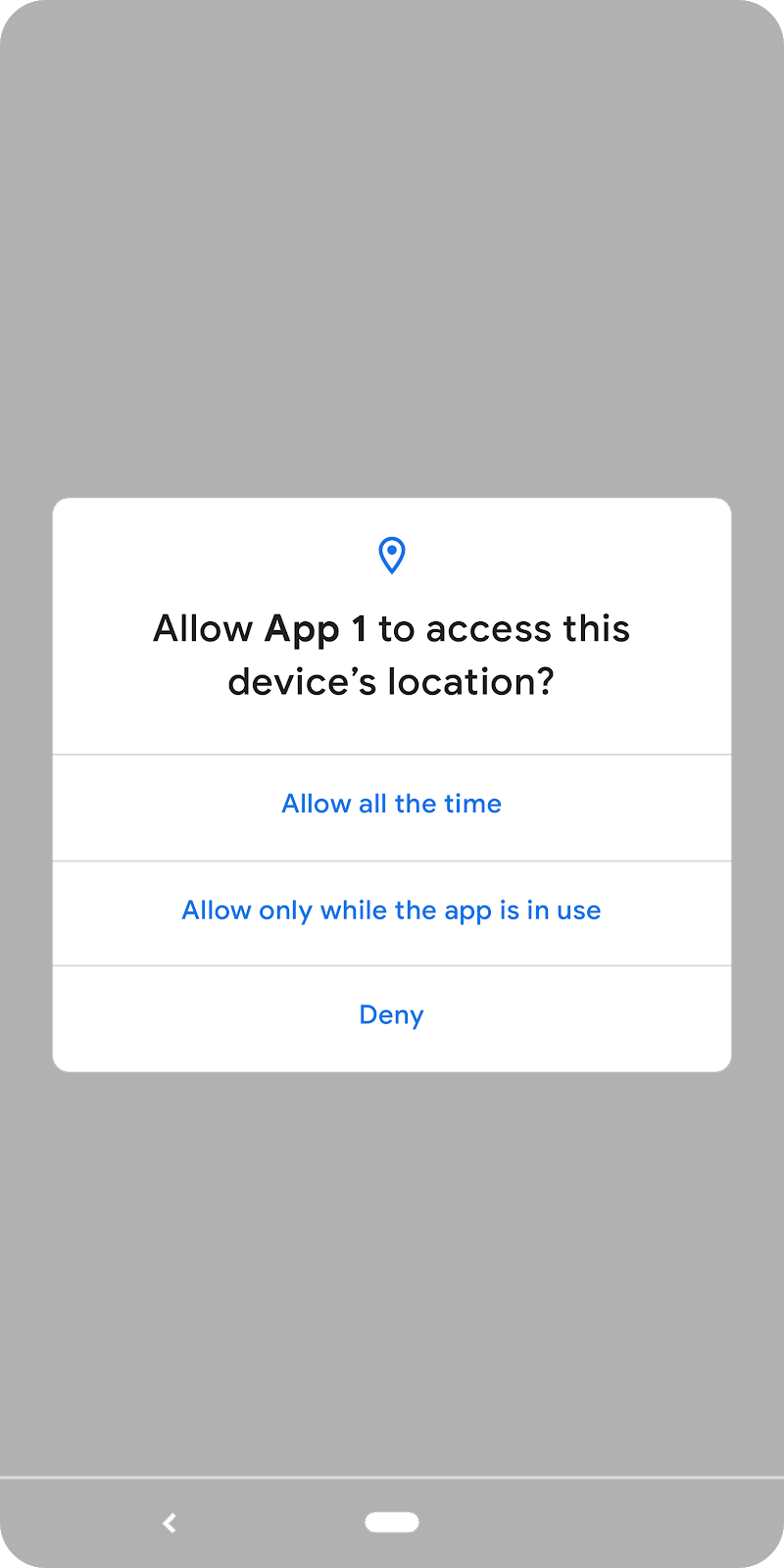Modern app and game distribution on Google Play
Posted by Kobi Glick, Product Lead, Google Play
Today we’re kicking off Playtime, our annual event series where we host developers from all over the world to discuss features and best practices to help you grow your apps and games businesses. Last month’s Android Dev Summit focused on modern Android development. Here on the Google Play team, we’re focusing on modern app and game distribution — our set of powerful and customizable distribution features and tools that work together to power your success on Google Play.
The future of Android distribution
The Android App Bundle is foundational to modern app and game distribution, replacing the monolithic APK. Since it launched 18 months ago, over 270K apps and games have made the switch, representing over 25% of active installs. Those that switched have seen an average size savings of 20% compared to a universal APK and more efficient releases as a result.
A recent internal analysis revealed that users with storage-constrained devices are much more likely to uninstall apps, so optimizing how much space your app needs is important. Our new metrics on the app size report in the Play Console can show you how many of your active users have little free storage on their devices and if they’re uninstalling more than other users.
New tools to speed up your workflows and engineering velocity
Testing app bundles is now much easier with internal app sharing. Make anyone in your company an uploader without giving them access to the Play Console and they’ll be able to share test builds of your app as easily as they used to share APKs. With internal app sharing, you can be sure that each device is receiving exactly what Play would deliver in the wild. You don’t need to use version codes or the prod signing key, you can upload debuggable artifacts, and you’ll soon be able to get install links for old versions of your app, too.
The app bundle also lets you modularize your app with dynamic feature modules. Modularization speeds up build times and engineering velocity, since different teams can design, build, test, and debug features in parallel rather than working on the same complex code for a monolithic app. Based on your feedback, we’ve made it easier to develop modular apps with tools such as the new Dynamic Feature Navigator library and FakeSplitInstallManager, which lets you test on-demand delivery while offline instead of waiting for the Play Store.
Get more users on your latest release with improved in-app updates
In-app updates let you prompt users to update to the latest version of your app, without them having to leave your app. More than 10% of the top apps and games are already using in-app updates with an average acceptance rate of 24%. Based on your feedback, we’re also giving you more control over how and when you show update prompts:
- Set an update priority per release to determine whether the user is interrupted with an immediate or flexible update flow or no prompt at all.
- Get app staleness, the number of days the app on this device has had an update available without upgrading. You can use both priority and staleness as you’d like when determining which update flow to trigger.
- You can check the download progress of a flexible update so that you can display your own progress bar in your app.
- Finally, you can now test your in-app update flows using internal app sharing.
Modern game distribution
For some games with rich content, the 150MB app bundle size limit is not enough. Using expansion files or content delivery networks can get around this but could introduce complexity when you’re building and releasing your game, and can result in a poor user experience. That’s why we’re extending the app bundle format to support asset delivery with a new delivery construct called asset packs which can go up to multiple gigabytes.
Asset packs are packaged in the app bundle alongside your binary, so you can publish a single artifact to Play that contains everything your game needs, giving you full control of your asset delivery. Play’s asset delivery will also enable texture compression targeting, so that your users only get the assets suitable for their device with no wasted space or bandwidth. And you can rely on Play to keep your assets up to date, just as it does with your game binary. We’re currently testing this with some early partners and hope to make it more widely available soon.
Here’s to another successful Playtime
Look out for the sessions from this year’s Playtime, which will be added to the Android Developers YouTube channel. We look forward to sharing more tools and services for your apps and games, made possible by the app bundle and our new dynamic framework. And as always, please give us your feedback and let us know what you think.
How useful did you find this blog post?







Komentar
Posting Komentar